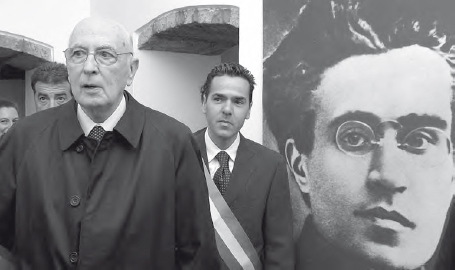Continental PhilosophyCritical Theorists |
What was the Frankfurt School? |
The Frankfurt School was the intellectual activity associated with the Institute for Social Research in Frankfurt am Main, Germany. The Institute was made possible by a gift from Felix Weil (1898–1975) in 1923, following the First Marxist Week, which was very well-received by intellectuals. The Institute was, in addition, funded by Frankfurt University and, during the Nazi period (1933–1944), Max Horkmeier (1895–1973) and Theodore Adorno (1903–1969) secured the support of Columbia University to set up its exiled version as The International Institute of Social Research in New York City.
The Institute in Frankfurt was reinstated after World War II ended in 1945. Walter Benjamin (1892–1940), Herbert Marcuse (1898–1979) and Erich Fromm (1900–1980), were also among its first generation of members. Jürgen Habermas (1923–) remains its most famous contemporary member. Hannah Arendt (1906–1975) had political interests that implied she had more in common with the Frankfurt School than any other movement, despite striking out on her own as an American philosopher after leaving Germany. Although not part of the Frankfurt School because he was imprisoned by the Italian fascist government in 1926, the Marxist theorist Antonio Gramsci (1891–1937) deserves mention in this context.

